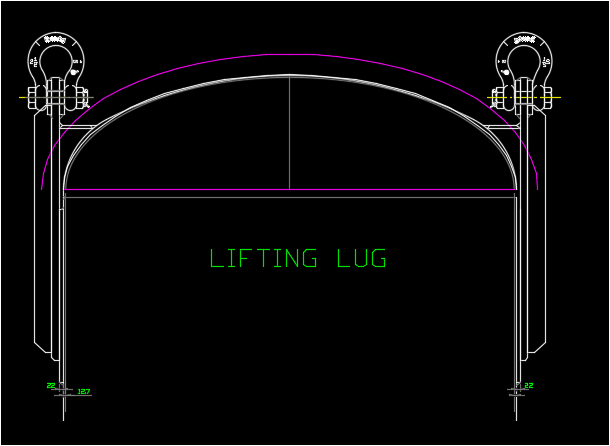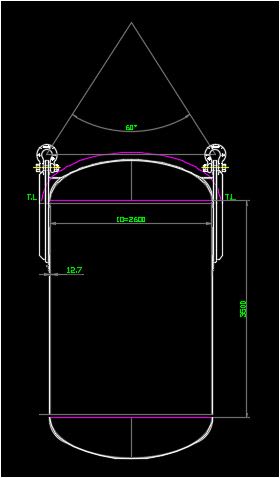mechengineer
Mechanical
- Apr 19, 2001
- 268
Dear All,

How to consider the ellipsoidal head strengthening effect on the shell where located the lifting lug when analyze the local stresses by WRC?
Thank you.

How to consider the ellipsoidal head strengthening effect on the shell where located the lifting lug when analyze the local stresses by WRC?
Thank you.

